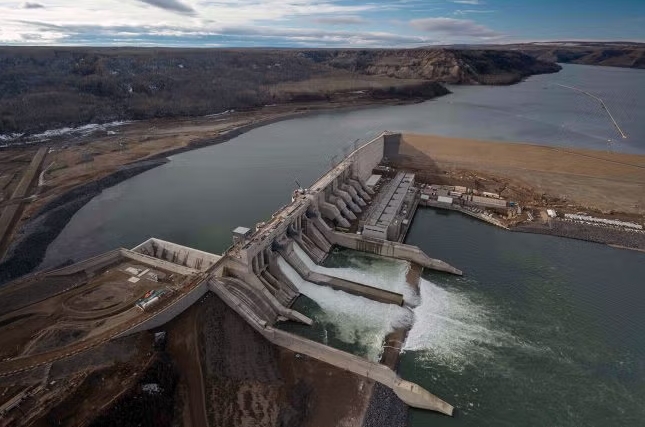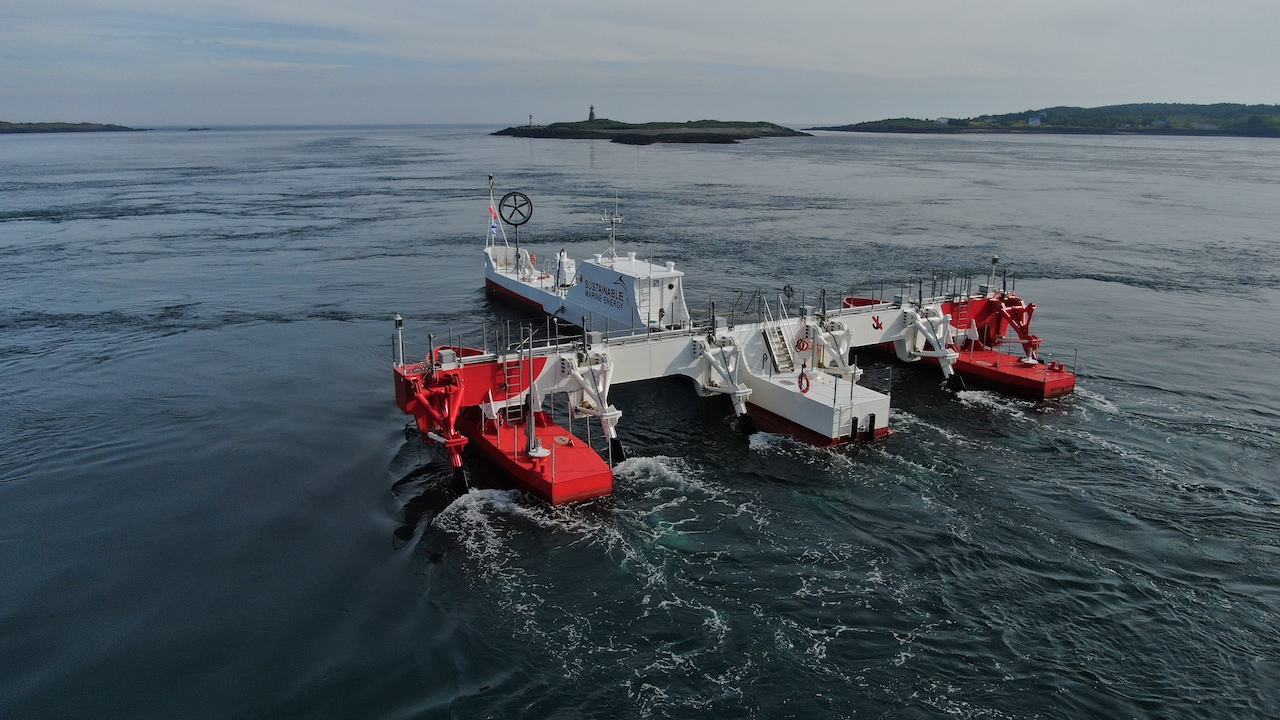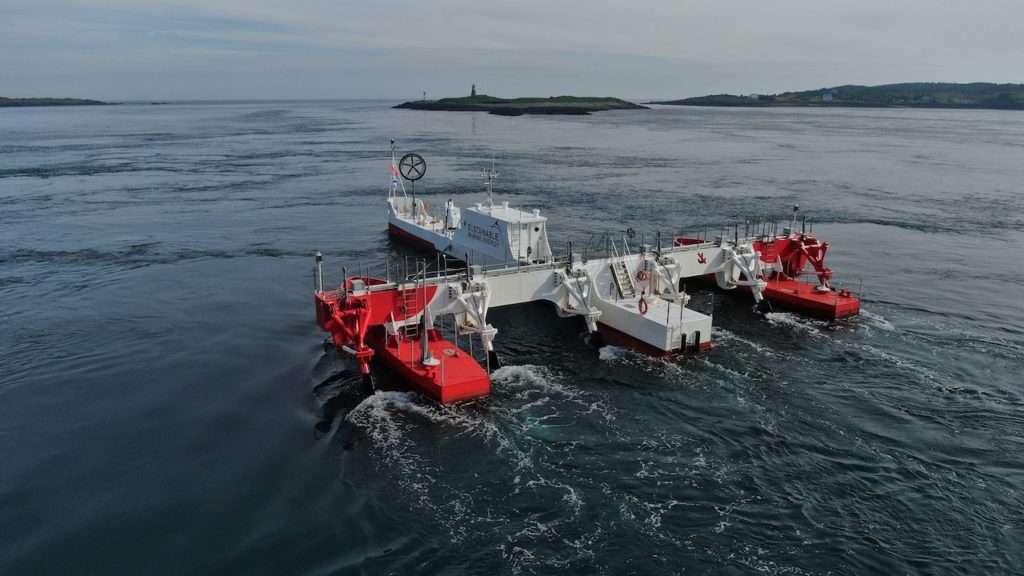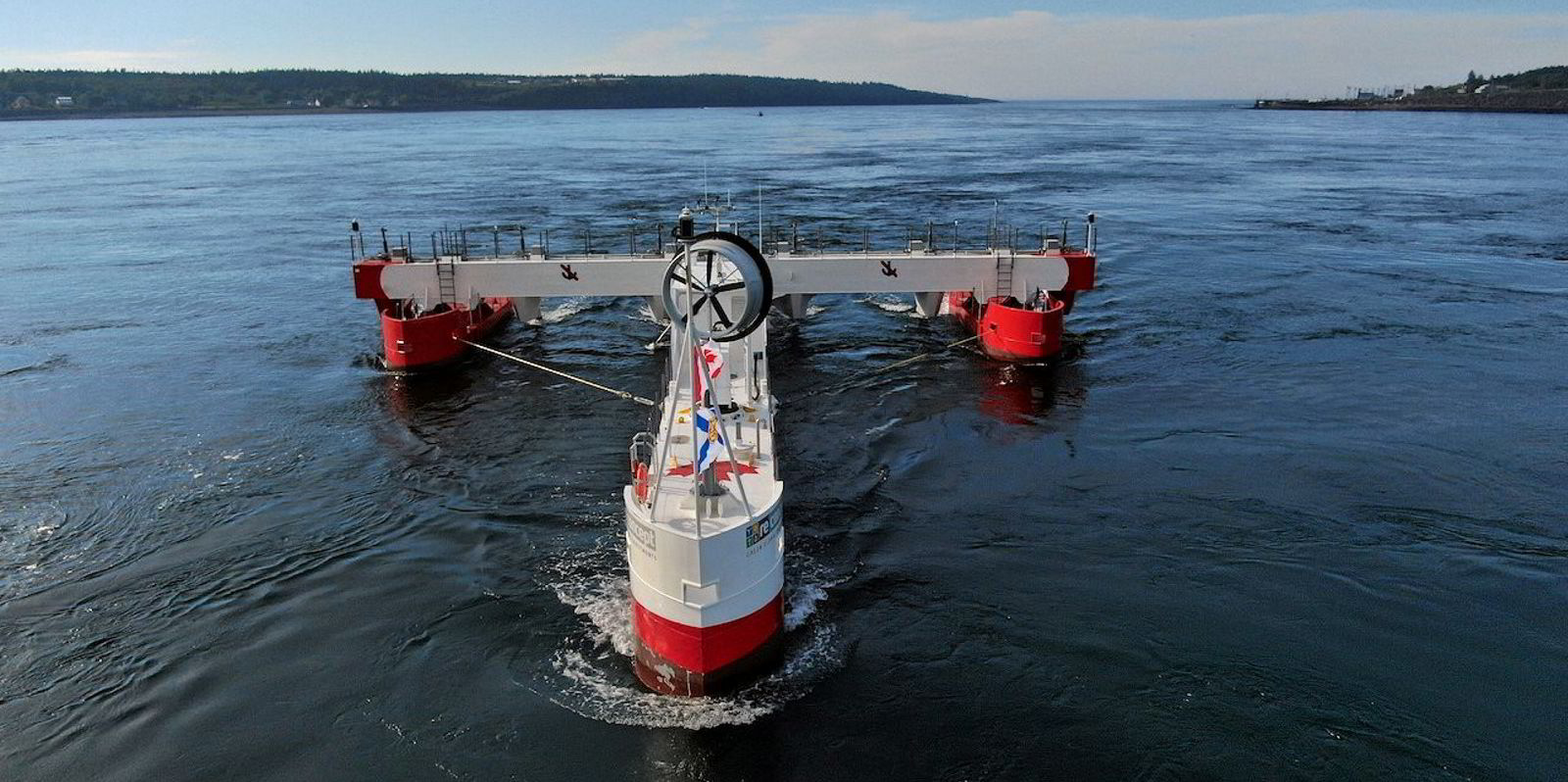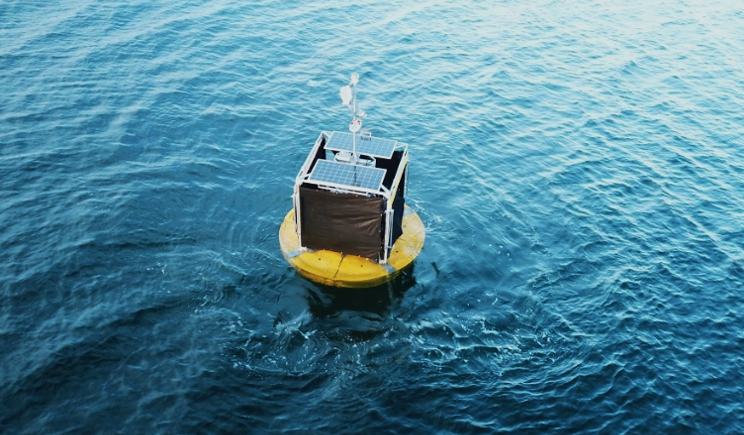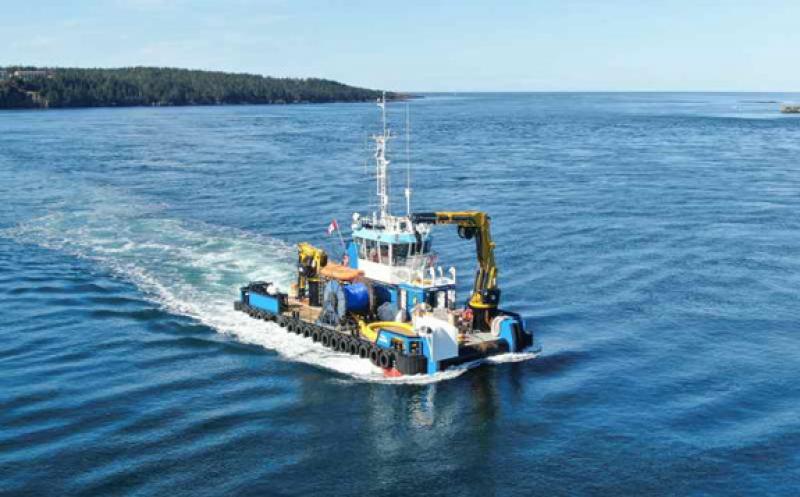The Government of Canada has committed a $9.4 million investment in four tidal energy projects that will bring clean energy technologies to the Atlantic region. The investment is part of an overall commitment from the Government of Canada to achieve net-zero by 2050.
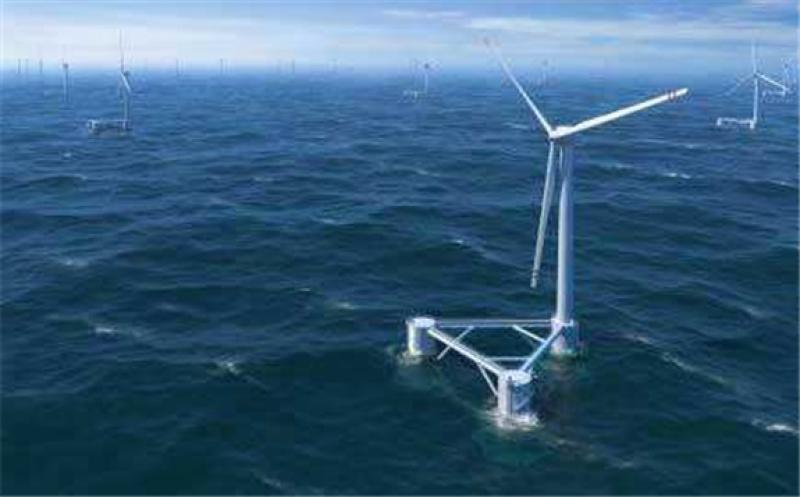
The announcement took place this week following a tour of the Fundy Ocean Research Centre for Energy’s facilities in Parrsboro, Nova Scotia. The investment will be split between the following four projects:
$4 million to Nova Innovation to build a tidal turbine array using sub-sea tidal technology in Petit Passage in the Bay of Fundy.
$1.58 million to the University of Manitoba, in partnership with SOAR – Sustainable Oceans Applied Research, to advance research on river hydrokinetic and in-stream tidal energy technologies in the Canadian context.
$2 million to Offshore Energy Research Association of Nova Scotia to research an environmental effects monitoring solution for the instream tidal energy industry in Canada, including fish and marine mammal interactions with tidal devices.
$2 million to Fundy Ocean Research Centre for Energy to outline a plan to assess the encounter risk for fish with tidal devices and create a tool to support the regulatory authorization process for tidal energy projects. The tidal energy risk assessment program involves participation from multiple partners, including Acadia University, Marine Renewables Canada, Mi’kmaw Conservation Group, Ocean Tracking Network at Dalhousie University and Fundy Ocean Research Centre for Energy.
The first project was funded through Natural Resources Canada’s (NRCan) Energy Innovation Program, which provides support to projects reducing emissions, including GHGs, through research, development and demonstration of clean energy technologies, with the aim of meeting 2050 clean growth targets.
The second project was funded through NRCan’s Clean Growth Program, which invests in clean technology research and development projects in Canada’s energy, mining and forest sectors. The program is a $155-million investment fund that helps natural resource sectors and innovators come together to accelerate the development of clean technologies that reduce the impacts on air, land and water while enhancing competitiveness and creating jobs.
The Clean Growth Program also provided support to the University of Manitoba for the capacity to collaborate with CanmetENERGY Ottawa on the optimization of river turbine arrays through numerical analysis and the identification of potential hydrokinetic resources in northern Canada through the use of radar satellite image processing. This investment was made through the Program’s Science and Technology Assistance for Cleantech (STAC) initiative, which provides federal laboratory support for innovators, intended to help bring Canadian clean technologies to market by providing federal research expertise, facilities and equipment.
Funding for the remaining projects comes from NRCan’s Emerging Renewables Power Program, a $200-million program from Budget 2017 and part of Canada’s $180-billion Investing in Canada infrastructure plan for public transit projects, green infrastructure, social infrastructure, trade and transportation routes and Canada’s rural and northern communities.
“With the longest coastline in the world, Canada should be a global leader in tidal energy. This renewable energy source has the potential to substantially grow our blue economy in the long term, but we need to invest now,” commented The Honourable Bernadette Jordan, Canada’s Minister of Fisheries, Oceans and the Canadian Coast Guard. “There are brilliant teams across this country who are working toward this vision, and our government wants to be a partner in their efforts. So today, we’re proud to invest in four innovative projects that share a single goal: to build a thriving tidal power industry across Canada.”
“The investments we’re announcing with the federal government will help propel the tidal energy industry forward in Nova Scotia while shaping a cleaner energy future for all of us,” added Derek Mombourquette, Nova Scotia Minister of Energy and Mines. “We are building on some significant milestones we’ve achieved that further position us as a centre of excellence in the tidal industry. It shows how far we’ve come in our combined efforts to figure out how to harness some of the most powerful tides in the world while growing a green economy.”
